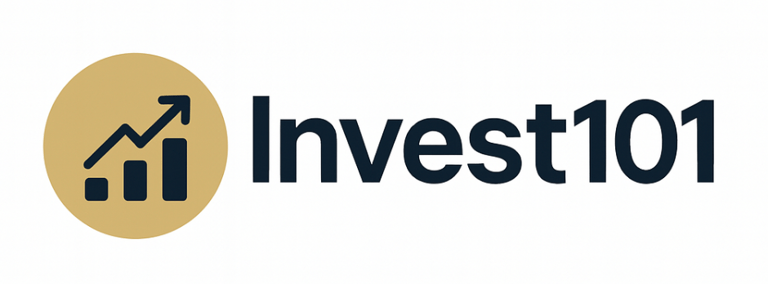“I Don’t Want to Invest Anymore”
What to Do When You’ve Lost Confidence in the Markets
7/14/20252 min read


It’s a feeling more common than you think: frustration, fear, or even fatigue with investing. Maybe you’ve suffered a painful loss. Maybe the markets feel too volatile, manipulated, or just plain overwhelming. You’re not alone and saying “I don’t want to invest anymore” doesn’t make you irrational. It makes you human.
But before you completely step away, here are a few key points to consider.
1. Understand the Emotion Behind the Decision
Ask yourself:
Are you reacting to a recent loss?
Is it fear of losing more?
Or are you simply burned out from following markets too closely?
Many investors hit this wall after a major downturn or prolonged period of stress. Taking a step back is okay but acting out of raw emotion can hurt long-term goals.
2. You’re Allowed to Pause, But Pause Intelligently
Stopping regular investing for a while can give you breathing space. But don’t let your money sit idle. Instead:
Move cash into a high-yield savings account or money market fund
Consider short-term Treasury bills for safety and liquidity
Keep track of inflation so your money doesn’t silently lose value
3. Reframe Investing
Investing doesn’t have to mean picking stocks or watching the market every day. Instead, it can mean:
Automating monthly contributions into a low-cost index fund
Holding diversified ETFs and checking only once a quarter
Letting a robo-advisor manage everything for you
You don’t need to “beat the market.” You just need to grow your capital responsibly over time.
4. It’s OK to Be Conservative
If your aversion to risk is deep-rooted, structure your finances accordingly:
Prioritize debt repayment
Build a larger emergency fund (6–12 months)
Stick to ultra-safe investments (even if returns are modest)
Peace of mind has value too.
5. Don’t Let a Bad Experience Define Your Future
Everyone has setbacks, poor timing, market crashes, bad advice. But the worst thing you can do is let one episode close the door on decades of potential growth.
$1,000 invested steadily over 30 years at 6% annual return becomes $5,743.
That same $1,000 left in cash may be worth less after inflation.
Quitting investing entirely can have long-term costs, especially when compounded over time.
Final Thought
It’s okay to feel like giving up. But don’t give up on yourself or your financial future.
If you’re unsure what to do next, talk to someone neutral, like a fee-only advisor. Or take a break, educate yourself at your own pace, and return when you feel ready.
You don’t have to go fast. You just have to keep going, on your own terms.
Invest101.blog
Articles and resources for smart investing.
Contact
contact@invest101.blog
© 2025. All rights reserved.
